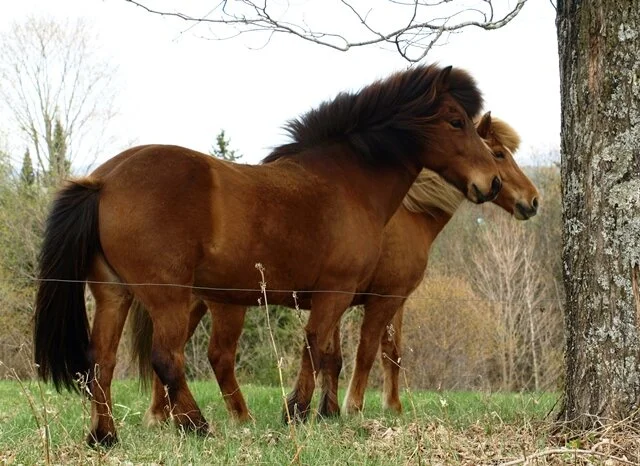How Far Can You Ride in a Day?
/I started riding when I was 50, after my wife, Nancy Marie Brown, bought two horses in Iceland and brought them to our central Pennsylvania home. (She told the story in a wonderful book, A Good Horse Has No Color.)
Gaeska, a mare, and Birkir, a gelding, were friendly and gentle. I learned to ride on Birkir. Nowadays I ride a chestnut mare, Saedis. Nancy and I ride four or five times a week, mainly on the dirt roads and trails leading out from our current home in Vermont.
We’re pleasure riders. For Sheriff Gideon Stoltz, the main character in my historical mysteries, riding is a necessary part of the job.
In the 1830s, a county sheriff like Gideon would have spent many days on horseback patrolling his jurisdiction. A question I often need to deal with in my fiction is how far and how fast Gideon or someone else can get from one place to another.
icelandic horses in vermont

